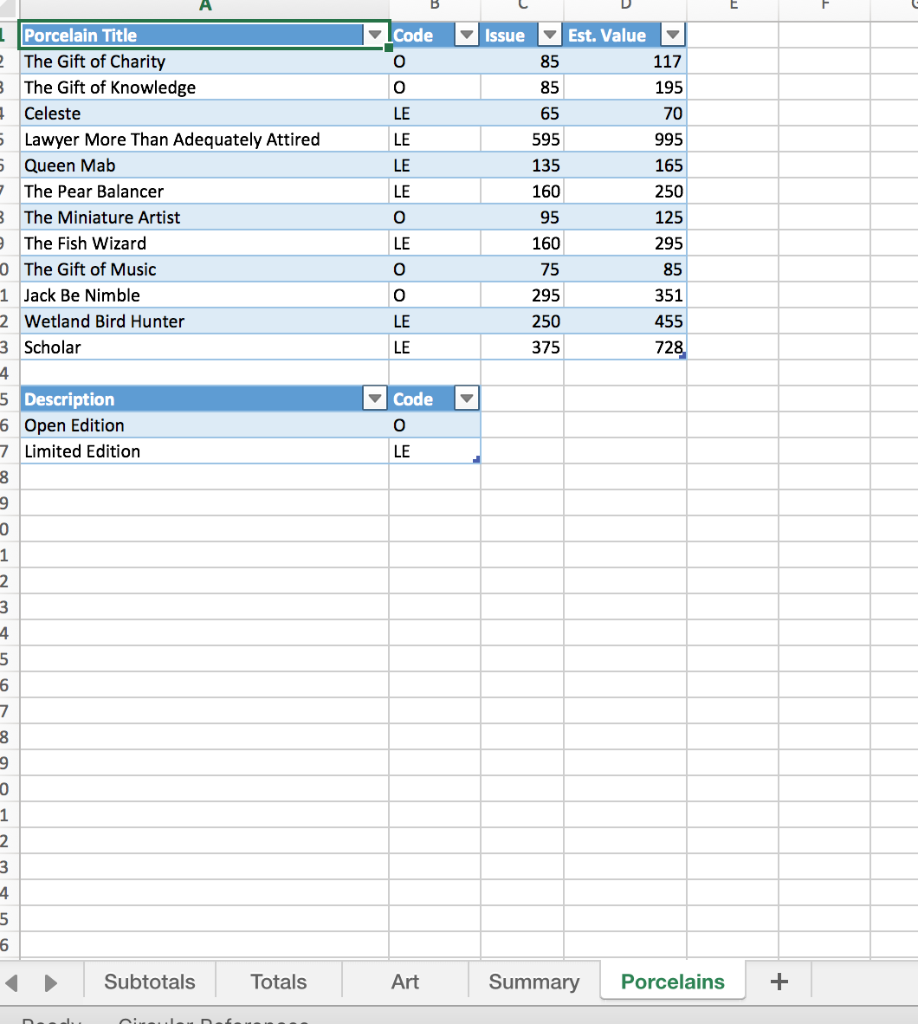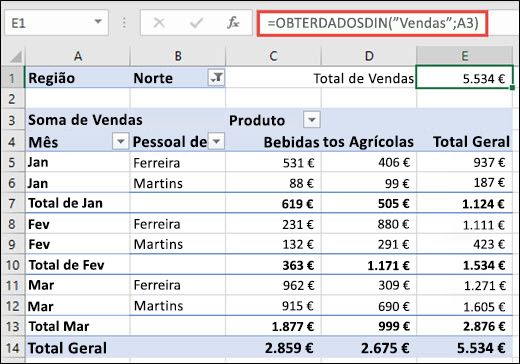Analyze data in PivotTables using tools and techniques, such as sorting, filtering, Excel’s GETPIVOTDATA function, and PivotCharts Apply specific PivotTable techniques to solve problems in areas of PivotTable formatting, creating multiple PivotTables from a single data source, grouping PivotTable data into fiscal reporting periods and keeping. GETPIVOTDATA HLOOKUP HYPERLINK INDEX INDIRECT LOOKUP MATCH OFFSET ROW ROWS RTD TRANSPOSE VLOOKUP Excel 2019 Excel 2019 for Mac Excel for Office 365 Excel for Office. In Excel 2016, and other versions with the Ribbon, you can turn off the Generate GetPivotData command by using a command in the Excel Ribbon. Select any cell in a pivot table. On the Ribbon, under PivotTable Tools, click the Options tab In the PivotTable group, click the drop down arrow for Options. When I opened up the file at work on Excel 2000, and although the numbers are there, when the pivot data changes or gets refreshed, the data on the reports with the Getpivotdata functions become errored. I heard that the syntax for the function in Excel 2003 is different from Excel 2000. I have been crying over this, and I am looking for a.
- Excel Getpivotdata Drag
- Excel Getpivotdata Ref Error
- Excel Getpivotdata Sum
- Excel Getpivotdata Get Grand Total
- Getpivotdata Excel 2016

Outline
- 1: Customise Your PivotTable
- 2: Summarize Values By
- 3: Show Values As
- 4: Grouping
- 5: Sort
- 6: Filter
- 7: Slicers
- 8: Calculated Fields and Items
- 9: Pivot Charts
- 10: Conditionally Formatting PivotTables
- 11: GETPIVOTDATA
- 12: Macros
- 13: Data Management
- 14: Conclusion and Bonus Videos
Excel Getpivotdata Drag
Author
John MichaloudisSubject
Xtreme PivotTablesBenefits
Begin Now: begin training immediately
Moderated: ask questions in the moderated forums
Certificate: download and print your certificate instantly upon completion
Pause and Resume: pause and resume training as needed
Exam: unlimited exam attemptsSoftware
Featuring Microsoft Excel for Windows VersionsFormat
On-DemandAccess Begins
ImmediatelyDuration
Online enrollment provides access for one year.Certificate of Completion
Download instantly once a passing score on the final exam is achieved. You may re-attempt the final exam as many times as necessary.Enrollment Period
Your enrollment is valid for one year.
|
|
Materials
The course includes the following course materials:
- Quick Reference Guide
- Sample Excel files
- Download the lecture videos (mp4)
- Glossary
Comments from participants

- “I have learned more about Pivot Tables within a week of taking this course than I have over the last couple of years.”
- “Really amazing stuff!”
- “The videos are short and precise, easy to understand and gives you the ability to refer back to them at any time.”
- “This course is tremendously comprehensive. The best part is that the course is served in small bite-sized pieces that are easily digested”
- “Definitely worth your time and money”
- “This is the best Excel course that I have taken! It not only talks about Pivot Tables in great detail, it also touches on charts, conditional formatting and macros.”
- “Excellent course for any Excel level”
Objectives
- State how to group Pivot Table reports
- List ways to manually sort a Pivot Table
- Recognize how to show the data behind a Pivot Table value
Program Level
Basic
Prerequisites
NoneAdvance Preparation Needed
Ensure you have access to Excel for Windows, preferably versions 2010 or later, so that you can work through the required homework exercises. Excel for Mac is not officially supported.Delivery Method
QAS Self-studyExcel Getpivotdata Ref Error
Recommended CPE Credits
16
Field of Study
Computer Software & ApplicationsExpiration
Program enrollment is valid for one year and participant must complete the final exam within this time period.Registration
To register, add this course to your cart by clicking the Buy Now button and then complete the checkout process.
Refund Policy
Full 30-day refund policy. Full refund for any course cancellations or registration into upcoming session if preferred.Excel Getpivotdata Sum
Complaint Resolution
For information regarding adminstrative policies such as complaint resolution, please contact Jeff Lenning CPA CITP at 949-200-7688 or via email info@excel-university.comOfficial Registry Statement
Excel Getpivotdata Get Grand Total
Excel University, Inc. is registered with the National Association of State Boards of Accountancy (NASBA) as a sponsor of continuing professional education on the National Registry of CPE Sponsors. State boards of accountancy have final authority on the acceptance of individual courses for CPE credit. Complaints regarding registered sponsors may be submitted to the National Registry of CPE Sponsors through its website: www.nasbaregistry.org.Getpivotdata Excel 2016
| Price: $347.00 | |||
| Buy 2 or more for $277.60 each Buy 20 or more for $173.50 each |